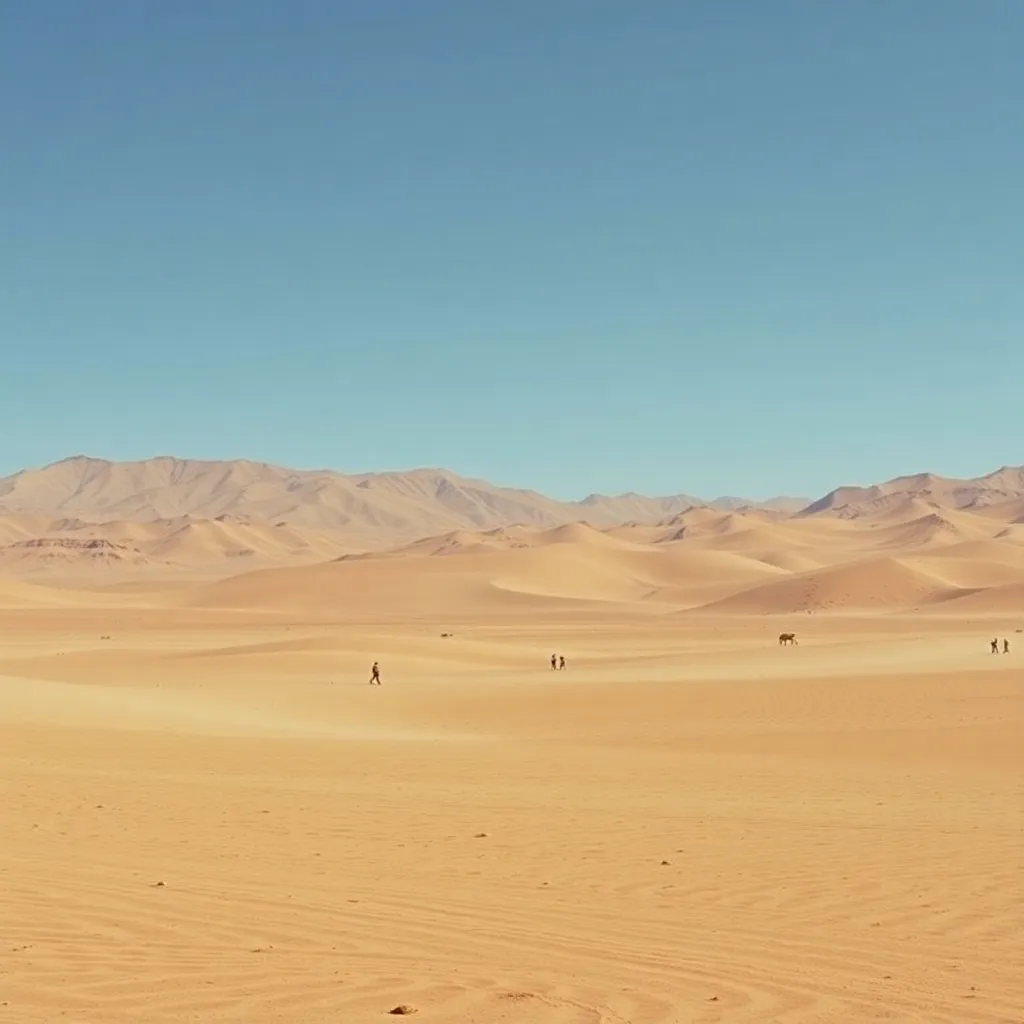Building Immersive Worlds: A Guide to Crafting Fantasy Realms
Aspiring fantasy authors often find themselves lost in the vast expanse of their own imagination, struggling to craft a world that is both immersive and captivating. Worldbuilding, the art of creating a fictional world, is a crucial aspect of fantasy writing, and one that requires a great deal of attention to detail and creativity. In this article, we will delve into the worldbuilding techniques and strategies used by notable fantasy authors, exploring the key elements that make their worlds so compelling.
One of the most important aspects of worldbuilding is geography. A well-crafted geography can provide the foundation for a rich and immersive world, influencing everything from climate and culture to politics and mythology. J.R.R. Tolkien, the master of worldbuilding, is a shining example of this. His Middle-earth, with its sprawling mountains, lush forests, and treacherous swamps, is a testament to the power of geography in shaping a world. 
Tolkien's use of geography is not just about creating a sense of scope and scale, but also about crafting a world that feels lived-in. He pays attention to the smallest details, from the shape of the mountains to the flow of the rivers, creating a sense of history and depth that is unparalleled in fantasy literature. This attention to detail is something that aspiring fantasy authors can learn from, as it allows them to create a world that feels authentic and immersive.
Another key element of worldbuilding is climate. Climate can have a profound impact on the cultures and societies that inhabit a world, shaping everything from their architecture to their clothing. In Frank Herbert's Dune, for example, the harsh desert climate of Arrakis has a profound impact on the native Fremen, influencing everything from their culture to their biology. 
Herbert's use of climate is not just about creating a sense of environment, but also about exploring the complex relationships between people and their surroundings. He pays attention to the ways in which the climate of Arrakis shapes the Fremen, from their deep understanding of the desert ecology to their elaborate stillsuits. This attention to detail allows him to create a world that feels rich and immersive, with a deep sense of history and culture.
Culture is another crucial aspect of worldbuilding, as it allows authors to explore the complexities of human society in a way that feels authentic and immersive. In Ursula K. Le Guin's The Earthsea Cycle, for example, the island of Gont is home to a rich and vibrant culture that is deeply connected to the natural world. The Gontians are a people of farmers and fishermen, living in harmony with the land and the sea. 
Le Guin's use of culture is not just about creating a sense of place, but also about exploring the complex relationships between people and their surroundings. She pays attention to the ways in which the culture of Gont shapes the lives of its people, from their deep understanding of the natural world to their intricate social hierarchies. This attention to detail allows her to create a world that feels rich and immersive, with a deep sense of history and culture.
Mythology and Worldbuilding
Mythology is another key element of worldbuilding, as it allows authors to explore the deeper symbolic and metaphysical aspects of their world. In Neil Gaiman's American Gods, for example, the mythology of ancient cultures is woven into the fabric of modern America, creating a rich and immersive world that is full of wonder and magic. 
Gaiman's use of mythology is not just about creating a sense of depth and history, but also about exploring the complex relationships between people and their surroundings. He pays attention to the ways in which mythology shapes the lives of his characters, from their deep understanding of the natural world to their intricate social hierarchies. This attention to detail allows him to create a world that feels rich and immersive, with a deep sense of history and culture.
Practical Applications
So how can aspiring fantasy authors apply these worldbuilding techniques to their own writing? One approach is to start with the geography of their world, using maps and diagrams to create a sense of scope and scale. From there, they can begin to build out the culture and mythology of their world, paying attention to the ways in which these elements shape the lives of their characters.
Another approach is to draw inspiration from the real world, using historical and cultural research to inform the worldbuilding process. This can be a powerful way to create a sense of authenticity and depth, as it allows authors to draw on the rich cultural heritage of our own world.
In addition to these approaches, aspiring fantasy authors can also learn from the worldbuilding techniques used by notable fantasy authors. By paying attention to the ways in which authors like Tolkien, Herbert, Le Guin, and Gaiman use geography, climate, culture, and mythology to create their worlds, they can gain a deeper understanding of the worldbuilding process and develop their own unique approach.
Worldbuilding Strategies
So what are some key strategies for worldbuilding? Here are a few approaches that can help aspiring fantasy authors to create immersive and captivating worlds:
One key strategy is to start small, focusing on a single region or culture rather than trying to build an entire world at once. This can help authors to create a sense of depth and history, as well as to develop a rich and immersive culture.
Another key strategy is to pay attention to the ways in which the world shapes the lives of the characters. This can help authors to create a sense of authenticity and immersion, as well as to explore the complex relationships between people and their surroundings.
A third key strategy is to use sensory details to bring the world to life. This can include everything from the sounds and smells of a bustling market to the feel of the sun on a character's skin. By paying attention to these sensory details, authors can create a world that feels rich and immersive, with a deep sense of history and culture.

Ultimately, the key to worldbuilding is to create a world that feels authentic and immersive, with a deep sense of history and culture. By paying attention to the ways in which geography, climate, culture, and mythology shape the lives of the characters, and by using sensory details to bring the world to life, aspiring fantasy authors can create worlds that are truly magical and captivating.
